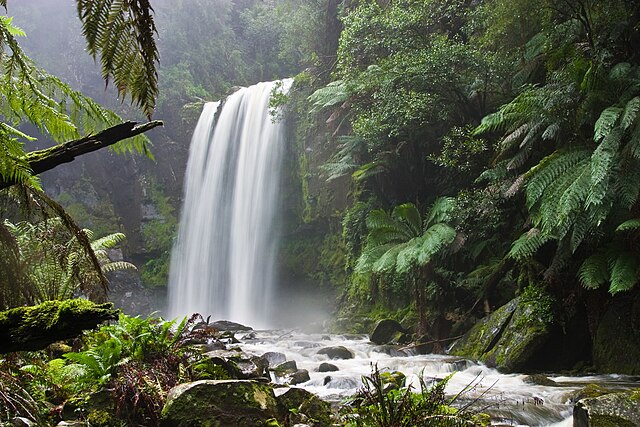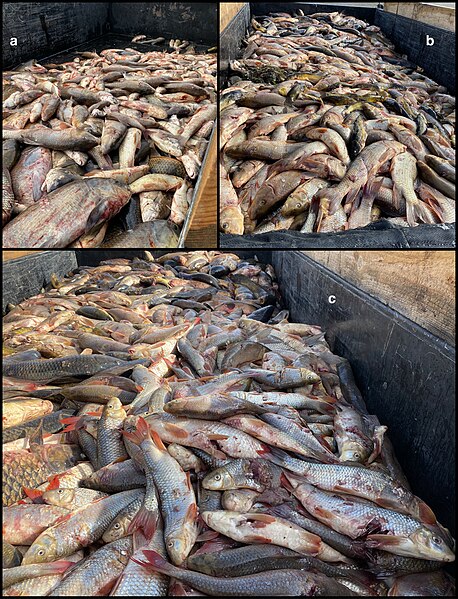A biodiversity action plan (BAP) is an internationally recognized program addressing threatened species and habitats and is designed to protect and restore biological systems. The original impetus for these plans derives from the 1992 Convention on Biological Diversity (CBD). As of 2009, 191 countries have ratified the CBD, but only a fraction of these have developed substantive BAP documents.
Diademed sifaka, an endangered primate of Madagascar
Snow leopard, Pakistan, an endangered species
The Daintree Rainforest in Queensland, Australia
Fowlsheugh cliffs, Scotland, a protected seabird breeding habitat
Conservation biology is the study of the conservation of nature and of Earth's biodiversity with the aim of protecting species, their habitats, and ecosystems from excessive rates of extinction and the erosion of biotic interactions. It is an interdisciplinary subject drawing on natural and social sciences, and the practice of natural resource management.
2016 conservation indicator which includes the following indicators: marine protected areas, terrestrial biome protection (global and national), and species protection (global and national)
Efforts are made to preserve the natural characteristics of Hopetoun Falls, Australia, without affecting visitors' access.
White gyrfalcons drawn by John James Audubon
Some biodiversity loss is more insidious than others due to systemic neglect. For example, sport killing and wanton waste of tons of native fishes from unregulated 21st century bowfishing in the United States. New conservation movements are needed to deter irreparable biodiversity loss to fragile freshwater ecosystems.








